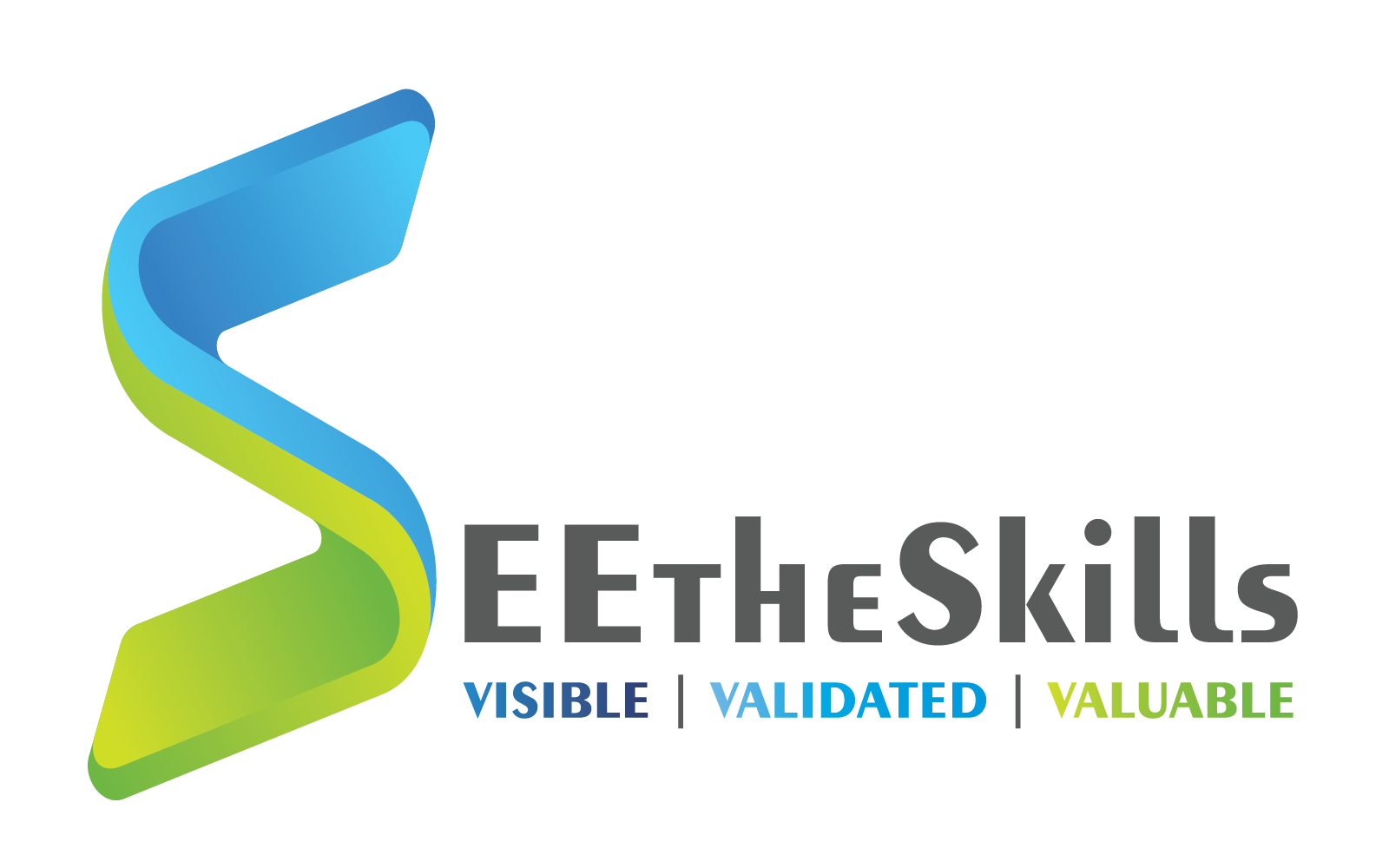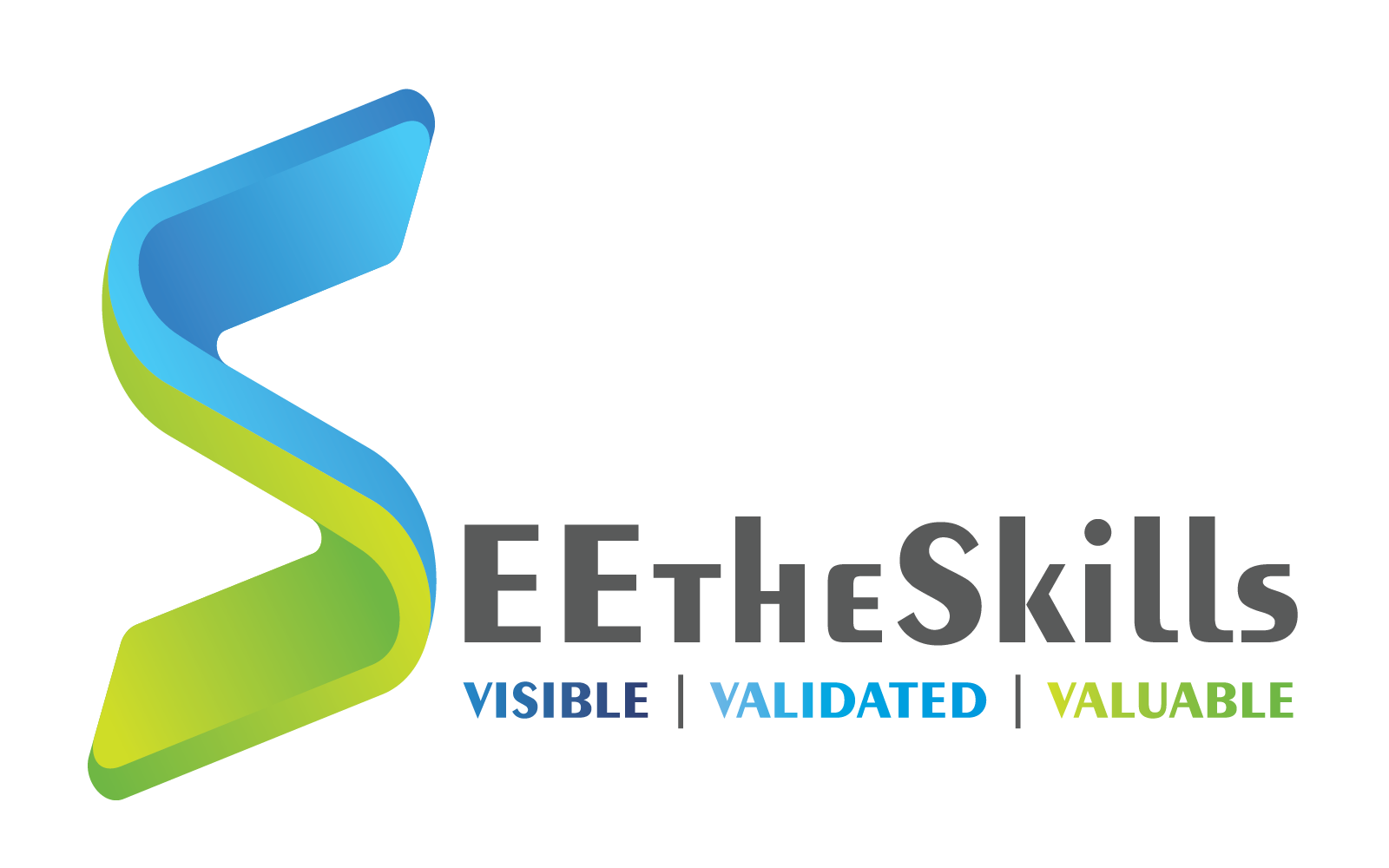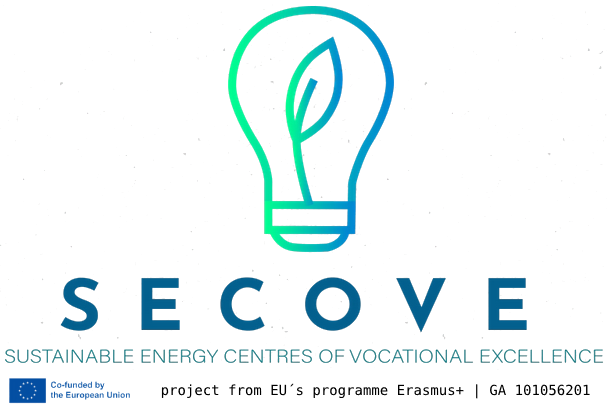Zoznam modulov projektov | List of project modules
SEEtheSkills

Prehľad modulov projektu
BIM [SK]: Princípy BIM projektovania
 BIM je pre projektantov, technikov, zhotoviteľov, developerov, investorov, konzultantov alebo dodávateľov skvelý nástroj pre čo najefektívnejšie využitie svojho času investovaného do výstavby. Informačné modelovanie budov (Building Information Modeling, BIM) často začína vytvorením inteligentného 3D modelu, ktorý slúži ako platforma pre všetkých stavebných partnerov na zdieľanie dokumentov a koordináciu prác počas celého životného cyklu stavby. V tomto module účastník získa množstvo informácií o BIM projektovaní - od obsahu a rozsahu BIM projektu cez pracovné postupy, komunikáciu v rámci projektovej činnosti až po digitalizáciu samotných existujúcich stavieb. Veríme, že tento bezplatný modul Vám pomôže nahliadnuť do tejto problematiky a pochopíte výhody BIM projektovania ako aj výhody používania výsledkov digitálnych pracovných postupov.
BIM je pre projektantov, technikov, zhotoviteľov, developerov, investorov, konzultantov alebo dodávateľov skvelý nástroj pre čo najefektívnejšie využitie svojho času investovaného do výstavby. Informačné modelovanie budov (Building Information Modeling, BIM) často začína vytvorením inteligentného 3D modelu, ktorý slúži ako platforma pre všetkých stavebných partnerov na zdieľanie dokumentov a koordináciu prác počas celého životného cyklu stavby. V tomto module účastník získa množstvo informácií o BIM projektovaní - od obsahu a rozsahu BIM projektu cez pracovné postupy, komunikáciu v rámci projektovej činnosti až po digitalizáciu samotných existujúcich stavieb. Veríme, že tento bezplatný modul Vám pomôže nahliadnuť do tejto problematiky a pochopíte výhody BIM projektovania ako aj výhody používania výsledkov digitálnych pracovných postupov.

BIM-1 [EN]: Effective data collection for digitization of existing assets.
 This webinar is the result of task 3.5 enabling e-learning. It forms study material for e-learning module (webinar) on the topic of Effective data collection for digitization of existing assets with special focus on Terrestrial Laser Scanning. Laser scanning has become a part of the surveying practice during the last three decades of the development of scanning systems. Laser scanning technology is one of the most effective methods of spatial data acquisition and creation of 3D models in the present days. The advantage of terrestrial laser scanning (TLS) to conventional geodetic methods is the effectiveness of spatial data acquisition. It is used more and more in surveying, civil engineering, industry, architecture, archeology, and in many other similar areas. TLS systems enable documentation of the whole measured object with all constructional elements. The high scanning speed of the current scanners enables a significant reduction of time necessary for measurement, an alternatively increasing amount of obtained information about the measured object. More data (several million points) enable creation of complex models or documentation of objects in the form of a detailed point cloud.
This webinar is the result of task 3.5 enabling e-learning. It forms study material for e-learning module (webinar) on the topic of Effective data collection for digitization of existing assets with special focus on Terrestrial Laser Scanning. Laser scanning has become a part of the surveying practice during the last three decades of the development of scanning systems. Laser scanning technology is one of the most effective methods of spatial data acquisition and creation of 3D models in the present days. The advantage of terrestrial laser scanning (TLS) to conventional geodetic methods is the effectiveness of spatial data acquisition. It is used more and more in surveying, civil engineering, industry, architecture, archeology, and in many other similar areas. TLS systems enable documentation of the whole measured object with all constructional elements. The high scanning speed of the current scanners enables a significant reduction of time necessary for measurement, an alternatively increasing amount of obtained information about the measured object. More data (several million points) enable creation of complex models or documentation of objects in the form of a detailed point cloud.
The module is divided into three main parts: 1. Laser Scanning Systems, 2. Point cloud Processing and 3. Modeling and Analysis. This is the first part - Laser Scanning Systems dealing with the basic functional principle of laser scanning. The principle of 3D optical measuring systems, the categorization of different laser scanning systems, and the measurement using terrestrial laser scanners are described in the individual sections of the document.

BIM-2 [EN]: Effective coordination and clash-detection processes in pre-construction phase.
 This webinar is output no. 3.3, which is the result of task 3.5 enabling e-learning. The module contains the general principles of Information Modeling of buildings supplemented with the theoretical background necessary for acquiring basic knowledge. The second part focuses on the performance of a new profession - BIM manager, his tasks, responsibility, and integration into the company structure. The last part within the module is the collision detection process on the project, which contributes to smoother construction, elimination of project errors and additional work.
This webinar is output no. 3.3, which is the result of task 3.5 enabling e-learning. The module contains the general principles of Information Modeling of buildings supplemented with the theoretical background necessary for acquiring basic knowledge. The second part focuses on the performance of a new profession - BIM manager, his tasks, responsibility, and integration into the company structure. The last part within the module is the collision detection process on the project, which contributes to smoother construction, elimination of project errors and additional work.

LEG [SK]: Platné zmeny v stavebnej legislatíve
 Národná rada Slovenskej republiky prijala zákon č. 46/2024 Z. z., ktorým sa mení a dopĺňa zákon č. 50/1976 Zb. o územnom plánovaní a stavebnom poriadku. Základným dôvodom prijatia novely bolo rozhodnutie o odložení účinnosti zákona č. 201/2022 Z. z. o výstavbe. Touto novelou sa mení a dopĺňa nielen stavebný zákon, ale okrem iných legislatívnych predpisov aj zákon č. 205/2023 Z.z. o zmene a doplnení niektorých zákonov v súvislosti s reformou stavebnej legislatívy. Tento seminár sme zaradili do informačných seminárov projektu SEEtheSkills, ktorého jedným zo základných výstupov v rámci aktivít je stanoviť legislatívnu cestovnú mapu a porovnať možnosti zmien stavebnej legislatívy v kontexte udržateľného rozvoja a energetickej efektívnosti budov v jednotlivých partnerských krajinách. Základným stavebným kameňom slovenskej legislatívy pre výstavbu sú práve nový zákon o územnom plánovaní, stavebný zákon a zákon č. 138/1992 Zb. o autorizovaných architektoch a autorizovaných stavebných inžinieroch. Prepájanie odborníkov na stavebnú časť legislatívy s odborníkmi na energetickú efektívnosť budov znamená lepšie chápanie procesov vedúcich k zelenej výstavbe.
Národná rada Slovenskej republiky prijala zákon č. 46/2024 Z. z., ktorým sa mení a dopĺňa zákon č. 50/1976 Zb. o územnom plánovaní a stavebnom poriadku. Základným dôvodom prijatia novely bolo rozhodnutie o odložení účinnosti zákona č. 201/2022 Z. z. o výstavbe. Touto novelou sa mení a dopĺňa nielen stavebný zákon, ale okrem iných legislatívnych predpisov aj zákon č. 205/2023 Z.z. o zmene a doplnení niektorých zákonov v súvislosti s reformou stavebnej legislatívy. Tento seminár sme zaradili do informačných seminárov projektu SEEtheSkills, ktorého jedným zo základných výstupov v rámci aktivít je stanoviť legislatívnu cestovnú mapu a porovnať možnosti zmien stavebnej legislatívy v kontexte udržateľného rozvoja a energetickej efektívnosti budov v jednotlivých partnerských krajinách. Základným stavebným kameňom slovenskej legislatívy pre výstavbu sú práve nový zákon o územnom plánovaní, stavebný zákon a zákon č. 138/1992 Zb. o autorizovaných architektoch a autorizovaných stavebných inžinieroch. Prepájanie odborníkov na stavebnú časť legislatívy s odborníkmi na energetickú efektívnosť budov znamená lepšie chápanie procesov vedúcich k zelenej výstavbe.

SKILL-1 [EN]: The influence of critical details of insulation system integration on aperture construction on energy efficiency and construction physics.
 This webinar is output No. 3.3, which is the result of task 3.5 enabling e-learning. It forms study material for e-learning module (webinar) on the topic of The influence of critical details of insulation system integration on aperture construction on energy efficiency and construction physics. The webinar is an introduction part to this topic with focus on the critical details of this issue.
This webinar is output No. 3.3, which is the result of task 3.5 enabling e-learning. It forms study material for e-learning module (webinar) on the topic of The influence of critical details of insulation system integration on aperture construction on energy efficiency and construction physics. The webinar is an introduction part to this topic with focus on the critical details of this issue.
The module is divided into three main parts: 1. Introduction – critical details, 2. Preparation - Design and 3. Execution - Construction. This is the first part, that deals with the critical details of this issue. The factors having direct impact on the energy efficiency of the building itself, the basic requirements for new and significantly renewed buildings and the individual stages of chosen technological procedures are described in this document.

SKILL-2 [EN]: Thermal comfort and its influence on energy efficiency.
 This webinar is output No. 3.3, which is the result of task 3.5 enabling e-learning. It deals with thermal comfort in indoor living spaces, as it is known that thermal comfort is closely related to the thermal balance of the human body. This balance is influenced by objective parameters of the environment - air temperature, mean radiation temperature, air speed and relative humidity, and subjective parameters - metabolic rate and thermal insulation of clothing. Key documents in the design and assessment of technical systems are technical standards and decrees of the Ministry of Health. The main goal in the design and operation of buildings is to ensure a comfortable and healthy indoor environment. At the same time, the economic goal is to achieve optimal energy consumption. In Slovakia, measures have been taken to reduce energy consumption for several decades. The internal temperature has a significant influence on the optimization of the need for heat, at the same time we must make sure that reducing energy consumption does not come at the expense of thermal comfort. From the knowledge gained through calculations and research, it follows that temperature has a very significant effect on energy consumption.
This webinar is output No. 3.3, which is the result of task 3.5 enabling e-learning. It deals with thermal comfort in indoor living spaces, as it is known that thermal comfort is closely related to the thermal balance of the human body. This balance is influenced by objective parameters of the environment - air temperature, mean radiation temperature, air speed and relative humidity, and subjective parameters - metabolic rate and thermal insulation of clothing. Key documents in the design and assessment of technical systems are technical standards and decrees of the Ministry of Health. The main goal in the design and operation of buildings is to ensure a comfortable and healthy indoor environment. At the same time, the economic goal is to achieve optimal energy consumption. In Slovakia, measures have been taken to reduce energy consumption for several decades. The internal temperature has a significant influence on the optimization of the need for heat, at the same time we must make sure that reducing energy consumption does not come at the expense of thermal comfort. From the knowledge gained through calculations and research, it follows that temperature has a very significant effect on energy consumption.



